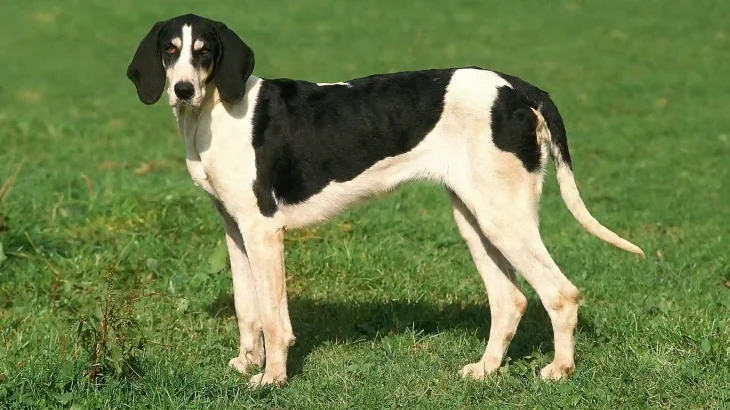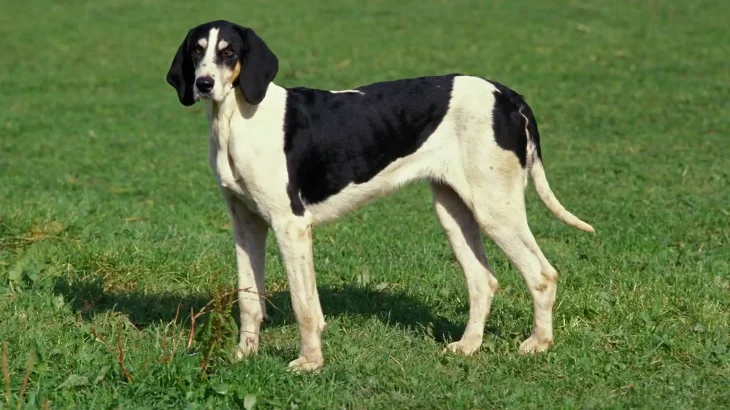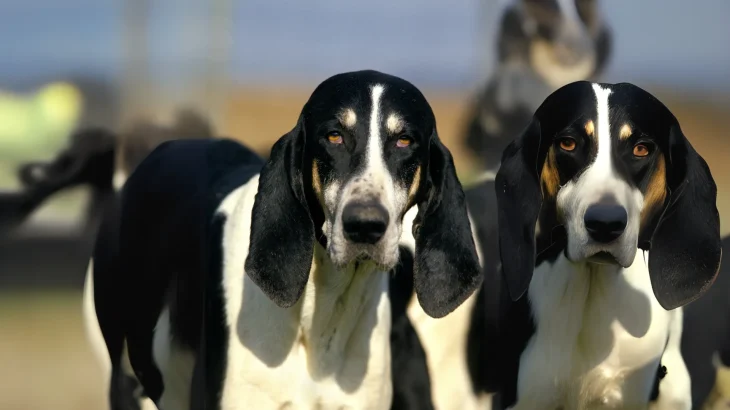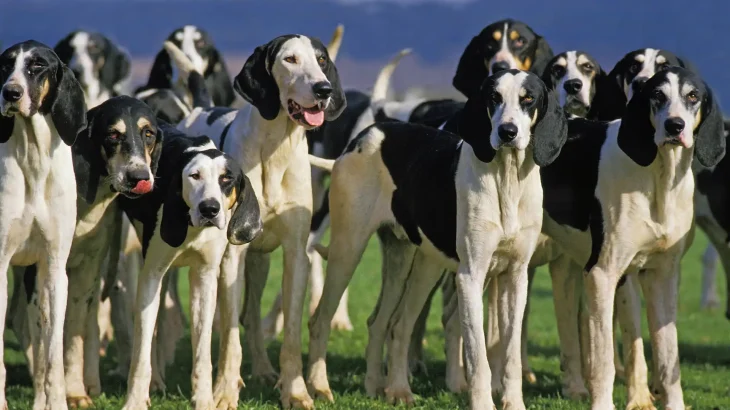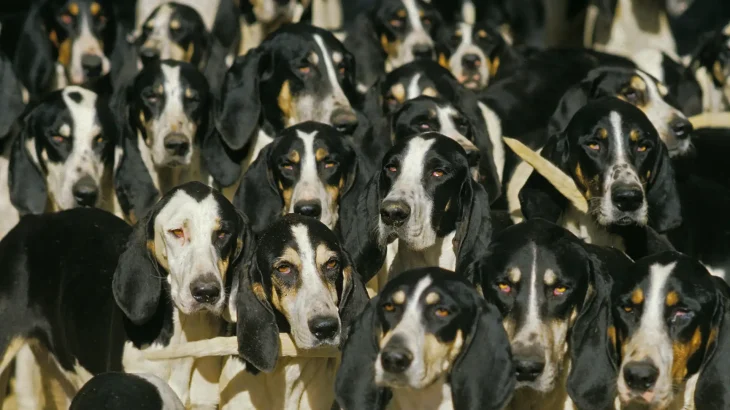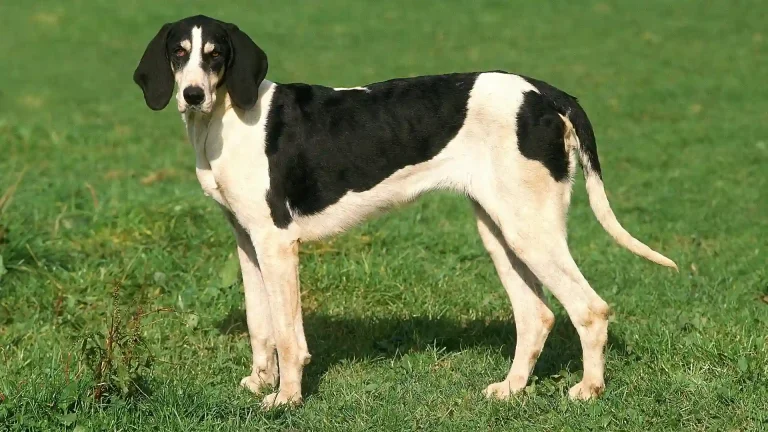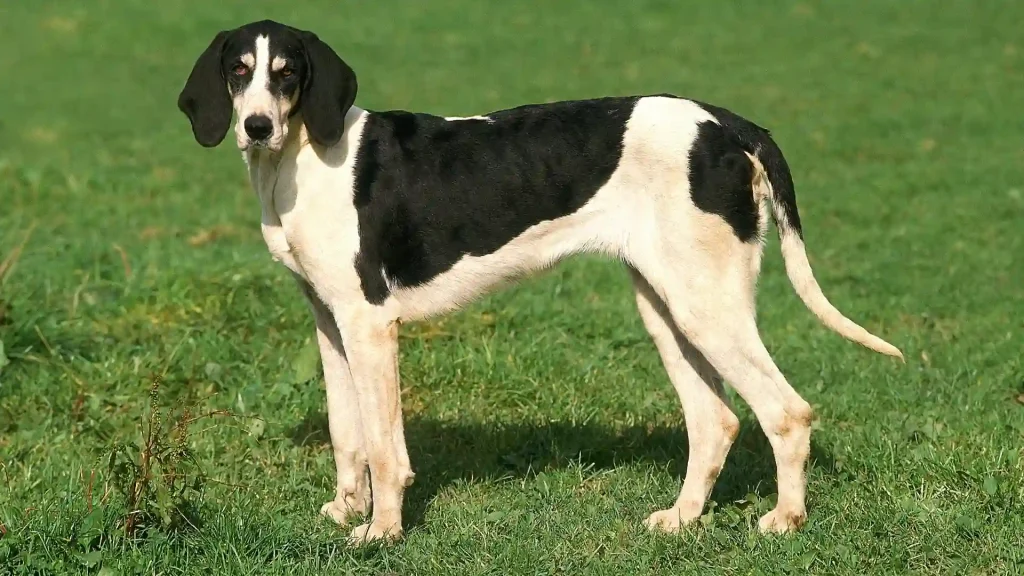When deciding whether to bring home a French White and Black Hound puppy, your choice largely boils down to adopting or buying from a breeder. Adoption offers a chance to give a dog a second shot at happiness, while purchasing from a breeder may provide more clarity on the puppy's background and health.
Adoption vs. Breeder: Pros & Cons
| Criteria | Buying from Breeder | Adopting from Shelter/Rescue |
|---|---|---|
| Cost | Usually higher, puppies from breeders can cost more due to pedigree. | Generally lower fees, often covering vaccinations and vet care. |
| Health History | Breeders usually provide detailed health and genetic info. | Health records may be limited; shelters do basic health checks. |
| Age Availability | Mostly young puppies to raise from early age. | Variety of ages: puppies, adults, seniors. |
| Temperament Insight | Breeders can share lineage temperament and expected behavior. | Shelter staff offer behavior insights, but full history may be unknown. |
| Supporting Practices | Supports breed preservation when breeder is responsible. | Reduces shelter overcrowding and gives a dog a home. |
| Ethical Considerations | Choosing responsible breeders avoids supporting puppy mills. | Supports animal welfare by rescuing dogs in need. |

